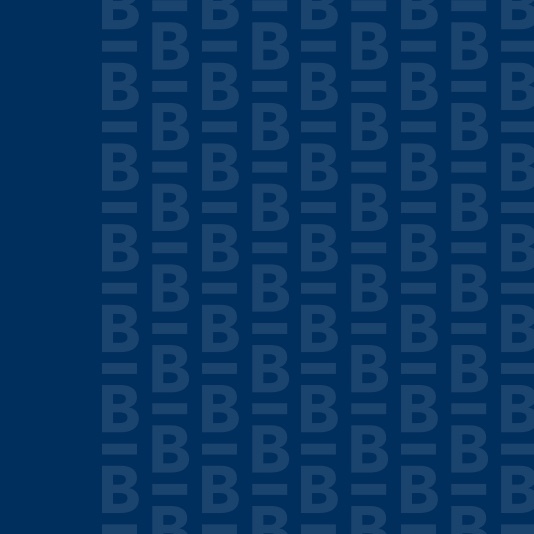No one wants to pay more taxes than they have to, so think carefully about how to begin accessing all of the available retirement "buckets" such as short, intermediate and long term funds, taxable, tax-deferred and tax-free funds.
It’s important to find the right equilibrium and to balance out tax rates during the life of your retirement. For example, many professionals accumulate large balances in tax-deferred retirement accounts along with having other sources of taxable income such as pensions and deferred compensation plans.
Although no one can predict what future income tax rates will be, it is usually wise to consider accelerating withdrawals from a retirement account to level out taxes over your retirement years. For instance, if a retiree has a large 401(k) plan and required distributions start at age 72, we will need to estimate future distributions and assess potential tax implications. This will be especially important if they are enjoying other income such as Social Security, pension payments and possibly deferred compensation income. To be strategic, this retiree should analyze the possibility of withdrawing from the 401(k) plan early in retirement (e.g. prior to age 72) to maintain a lower tax bracket in his/her later retirement years.
Choose the right type of investments for the right accounts
Every 1 percent saved in tax is just like boosting your investment return by 1 percent. Too few retirees pay attention to owning the right securities in the right investment “bucket”. To start, I recommend addressing the most important decision in investing - identifying a suitable overall asset allocation, which is the appropriate risk-reward strategy needed to meet financial goals without exceeding tolerance for risk.
Once this is established, the second step is to determine what buckets are best to hold cash, bonds, stocks, alternatives, real estate, etc. For example, if a retiree has determined that a balanced portfolio (50 percent stock / 50 percent bond) is appropriate, and has $500,000 in an IRA and $500,000 in a taxable account ($1 million total), I would typically consider the following:
Investing 100% of the taxable account in stocks
Investing 100% of the IRA in bonds
When both portfolios are combined, the overall allocation is still balanced and meets the targeted investment strategy. However, compared to investing both portfolios in a balanced strategy, this may produce better after-tax results for the following reasons:
When holding stocks in a taxable account, they will receive more favorable income tax treatment than if being held in the IRA. In a taxable account, stock appreciation and dividends will be taxed at capital gain rates as opposed to the IRA where the appreciation and dividends will eventually be taxed as ordinary income. And unfortunately, ordinary income rates are much higher than capital gain rates.
If you are charitably inclined, appreciated stocks can be gifted “in-kind” from a taxable account to a nonprofit organization. This will provide a double tax benefit as the individual will get a charitable deduction for the entire gift amount, and also all of the imbedded capital appreciation of the stock. This cannot be accomplished if stocks are held in the IRA.
At death, stocks in a taxable account will receive a step-up in basis, which means all unrealized capital appreciation will be forgiven at that time. Unfortunately, stocks held in the IRA would not get a stepped-up basis at death. In addition, those stock gains would still subject to the higher ordinary income tax rates.
By placing bonds (e.g. income yielding assets) in the IRA, it will have the favorable effect of lowering future required minimum distribution (RMD) amounts because growth assets (e.g. stocks) are now invested in the taxable account. This will allow for more flexible planning and more favored tax treatment after age 72 when RMDs begin.
It is usually wise to own bonds in the IRA and continue enjoying tax deferred interest as long as possible. This is because bond interest will be taxed as ordinary income regardless if the bond is held in the taxable account or held in the IRA, which means there is no tax advantage to being held in one or the other.
Be strategic
As with everything, continuous monitoring and proactive planning is key during retirement. As circumstances change and life events happen, it is important to re-assess the current plan and make tweaks and strategic modifications as necessary. In order to be proactive, I recommend speaking with a wealth advisor to perform retirement modeling and cash-flow forecasting annually (even during retirement) to ensure you are achieving priorities that are most important.
